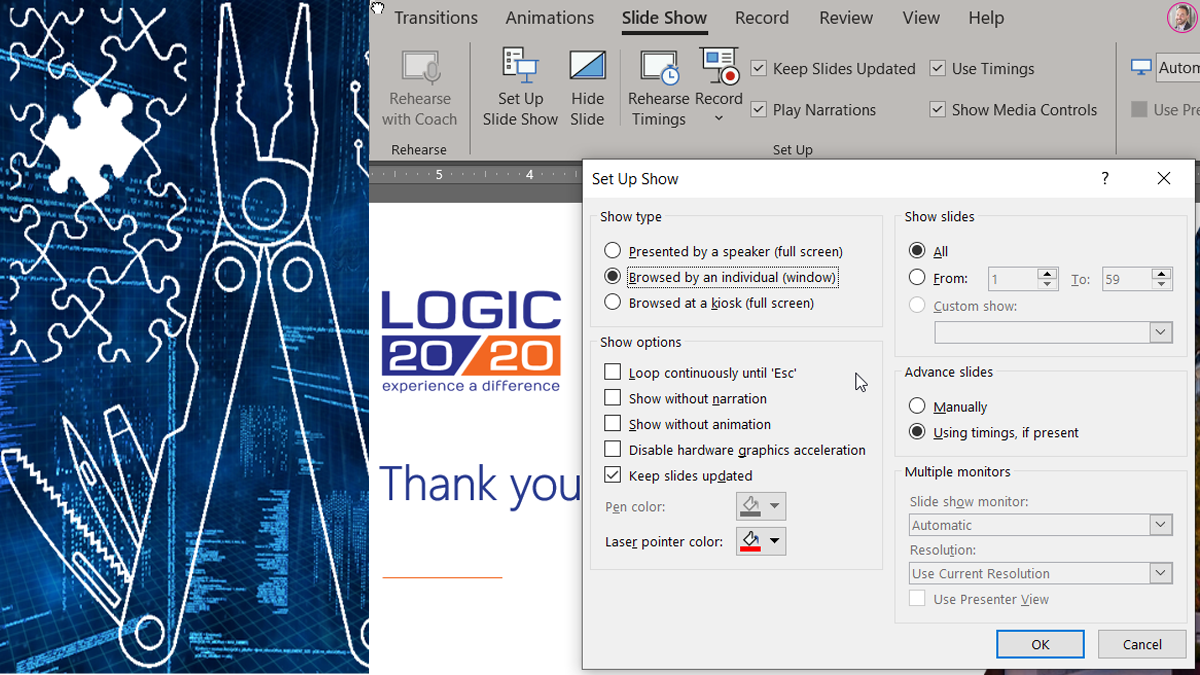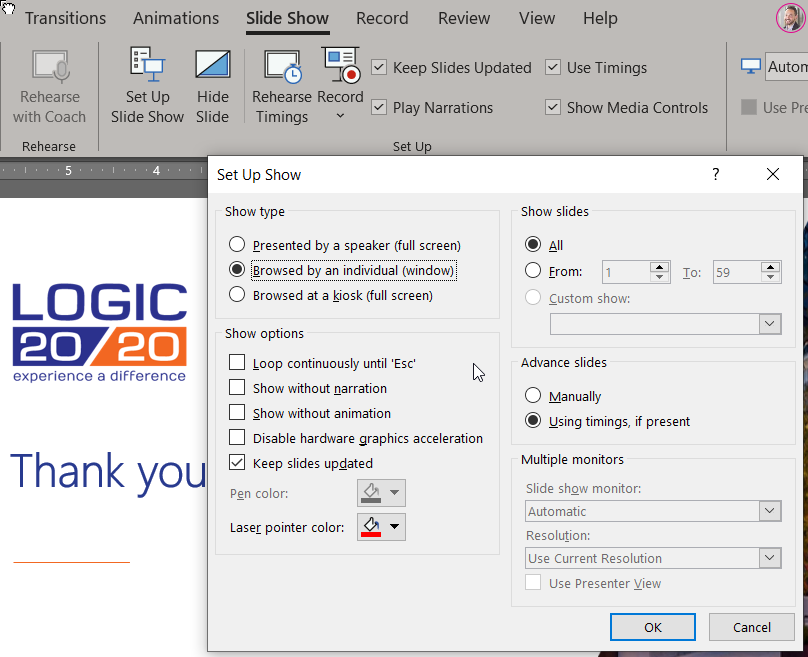(Feature image by nikko macaspac on Unsplash)
I have seen more problems tolerated for extended periods simply because no one spoke up about it.
One example that often comes to mind is a 9 month project that I joined in the middle. The first thing I discovered is that deployments took several minutes. I also noticed that the the development environment would frequently lock up for extended periods. This had a serious impact on my productivity. This being the days of products targeting the latest result of Moore’s Law, I set up the environment on my recently-built home computer that night and everything ran perfectly.
What had happened is that the project was the first with a new version of a platform our company had been working with for a couple of years. The new version was much more resource intensive. The team had been struggling with this impact to productivity for months, which was why they were adding someone to the project mid-way through (and were far behind schedule).
Once I realized the issue, I immediately brought it up to management. Because no one else on the team had brought it up over the previous months they assumed it was just me. So I told management that I would work from home until they provided the team with updated development hardware.
It took 6 weeks of my not coming to the office and out-producing the rest of the team by a huge margin for them to realize that 1) I was not kidding about it being intolerable and 2) the increase in productivity would more than pay for the hardware.
The folks that were struggling all that time just assumed that management was aware of their problem (and, worse, didn’t care). It made their lives unpleasant for months and cost the company 10’s of thousands of dollars because no one spoke up.
I get that sometimes people don’t want to bring up issues because they don’t want the attention, or don’t want to appear ignorant or needy. If you are concerned about that, just don’t ask in a meeting. Pull the person that can do something about it aside and ask them one on one. They will usually either have a good answer for you, or will do something to help you. If they don’t, look for the next person to ask.




© Scott S. Nelson





